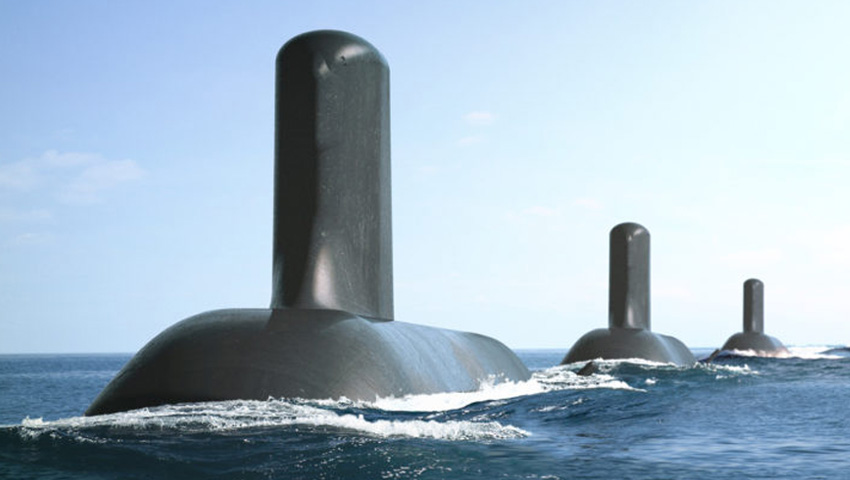There have been frequent media stories of government and community concern over the projected costs for the Attack Class future submarine program, and most of those concerns are based on some fundamental misunderstandings of how such programs are successfully managed.
To continue reading the rest of this article, please log in.
Create free account to get unlimited news articles and more!
For a start, we have had the incessant sniping from senator Rex Patrick who is determined to demonstrate that there are significant differences from what was quoted by DCNS, now Naval Group, in their submission, which led to their selection in what was a competitive evaluation process (CEP). I stress comparative evaluation because the process was to choose a partner for the program and was not a binding tender as such. We will probably go on chipping away at this bone for several more years such that it may get Senator Patrick reelected but may not do much good otherwise.
We did choose a highly experienced and reputable partner and everything that Naval Group has done thus far reinforces this judgment. They have moved expeditiously on the time schedule that they proposed and have initiated a large number of equipment selections and called for Australian industry expressions of interest to manufacture and sustain a large number of major hull, mechanical and electrical (HM&E) equipment and this has been enthusiastically responded by a large number of companies.
Secondly, Naval Group has pursued a proactive and locally attuned program to attract qualified young people to start their career within the Attack program. I know one of the recruits and he is quite inspired at the idea of a fascinating career ahead of him starting with three years in France with the design team there and then back to Adelaide to continue as a highly skilled member of the Attack Class design authority. This is a truly impressive commitment of a company to the success of the program detached from the three-year federal electoral cycle, which would never approach the program with the overall outcome as their top priority.
As for the harping on the commitment to at least 60 per cent expenditure in Australia, this may make good political news but will only succeed if the Australian companies are up to the mark for safety, quality and timeliness. Australian Industrial Capability is not acceptable at any cost. Value for money is still important and quality of product and service must meet extraordinarily high standards for all military materiel but especially for safety critical applications such as undersea vehicles.
The next big issue for me is the constant harping on the huge ($89 billion) cost of the program, which is again a complete fallacy. The cost of the program is not settled in any manner whatsoever as the contracts let thus far do not bind the Commonwealth to any particular purchase nor to the specifications, terms and conditions of the purchases that are made.
The underlying concept here that most commentators seem not to understand is that in any contract once let there is a legally binding relationship with penalties for non-compliance or breaches. There is no such binding agreement for the full 12 submarines, nor will there ever be for such a large number over such a long period when technology and geopolitics are changing rapidly
That leaves the final misconception that the Commonwealth has lost leverage with the sole source selection, when in the whole world this occurs with every program that makes a final contract for whatever product or service that may need to be extended or varied during its lifetime.
For the Attack program, the Strategic Partnership Agreement (SPA) presumably sets out a framework for the ongoing contracting of successive stages of design, contraction and delivery, but is not a contract as such.
The methods used by experienced procurement agencies such as the US DoD include comparison of contract price elements with other programs, auditing of the supplier facilities and staff, considering the option of government furnished equipment (GFE) or supplies (GFS), and many others that professionals in this field can elaborate.
Bottom line then, the Attack program is going well because we selected a competent and motivated partner who is very experienced in dealing with less-experienced customers such as Australia. We can learn a lot from them as my young colleague will do so.
And to ensure we get value for money we need to maintain expert vigilance that the program is following contracted plans and stop the distractions of emotive Australian industry debates when the real issue is whether Australian industry can meet the challenges already in front of them.
Christopher Skinner served 30 years in the Royal Australian Navy as a weapons and electrical engineer officer in six ships, including all three of the previous guided missile destroyers. He was seconded to the US Naval Sea Systems Command to manage the trials of the USS Oliver Hazard Perry FFG-7 first of class, and was the initial project director for the RAN Anzac Frigate Program.

 Login
Login







